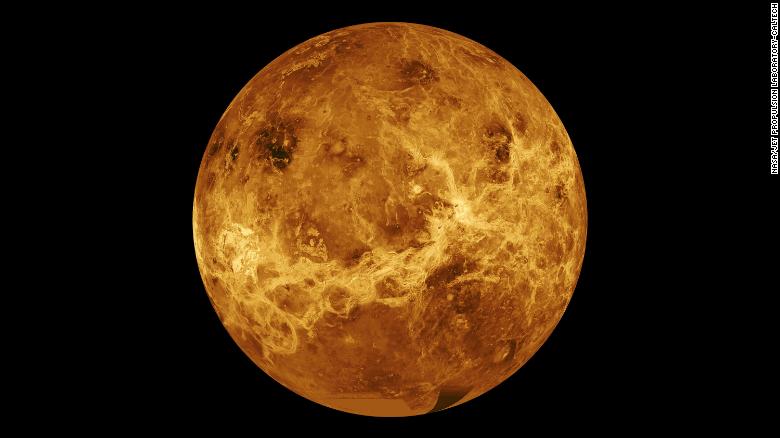
Life beyond earth has boggled the minds of scientists for decades so the discovery of phosphine in the atmosphere of our planetary neighbour came as a surprise for the team of researchers of the University of Cardiff.


A group of scientists led by Jane Greaves, an astronomer at Cardiff University, Wales were looking for some chemical signs on Venus that shouldn’t belong there. The surface of Venus is completely uninhabited. She knew that the clouds in Venus had been suggested as a potential habitat for life and the presence of Phosphine could mean that there were traces of life on rocky planets. Jane Greaves then, along with her team had set out to find signs of Phosphine in the atmosphere of Venus. ”I was very surprised, stunned in fact,” said Greaves.


They first found signs of phosphine with the James Clerk Maxwell Telescope in Hawaii and then confirmed their discovery by the Atacama Large Millimeter/Submillimeter Array (ALMA) radio telescope in Chile.
On the discovery of the highly toxic gas, the next step was to find phosphine experts who could help her determine whether the gas really did represent a potential sign of life on Venus. A mutual friend led her to scientists at MIT.

“With what we currently know of Venus, the most plausible explanation for phosphine, as fantastical as it might sound, is life,” said Massachusetts Institute of Technology molecular astrophysicist and study co-author Clara Sousa-Silva.
Janusz Piatkowski, a research scientist at MIT said,” Why is the discovery so important? Well, the first reason is that phosphine cannot be produced on the rocky planets. At least we don’t know of any known process, chemical or physical, that can produce phosphine, which means either our understanding of the physics and chemistry of the rocky planets is severely incomplete or there is some chemistry that is so unbelievably weird, that it could even be life”.
The fact that phosphine is present in the atmosphere of Venus is a mystery due to the fact that it should not be existing there because the atmosphere should completely destroy it. It’s presence means that it is being replenished with the same rate that it is being destroyed. However, no plausible explanation has been concluded behind the source of the toxic gas which is produced on earth by bacteria thriving in oxygen-starved environments.
“Something must be creating the phosphine on Venus as fast as it is being destroyed,” said study co-author Anita Richards, an astrophysicist associated with the University of Manchester in England.
Clara Sousa-Silva, also told, “If we have indeed found life outside the earth, it puts our own existence into perspective. But it also tells us that life would be much more common than we imagined and there is a huge array of possibilities out there in the galaxy of life with different biochemistry and desires. And of course, if we have found life right next door in our planetary neighbor that would be so cool“.
